Dallas
214-456-2382
Fax: 214-456-6133
Plano
469-303-4400
Fax: 469-303-4420
Referrals
Request an Appointment with codes: Cancer and Blood Disorders (CCBD)
Rhabdomyosarcoma is a rare childhood cancer that typically begins in a muscle. It can be cured, but requires complex treatment that may include radiation, surgery and chemotherapy. Children’s Health is academically affiliated with UT Southwestern Medical Center, giving patients access to expert surgeons and leading researchers who provide world-class care for your child.
214-456-2382
Fax: 214-456-6133
469-303-4400
Fax: 469-303-4420
Request an Appointment with codes: Cancer and Blood Disorders (CCBD)
Rhabdomyosarcoma typically begins in the muscle cells, and the most common sites are the head, neck, bladder, vagina, arms, legs and trunk. Rhabdomyosarcoma can also be found in places where there is very little or no skeletal muscles, such as the prostate, middle ear and bile duct system.
Each year in the U.S., between 400 and 500 children are diagnosed with rhabdomyosarcoma. Children are usually diagnosed between birth and age 15.
Rhabdomyosarcoma may spread to other parts of the body, such as the lymph nodes, lungs, bone or bone marrow.
There are two types of rhabdomyosarcoma. The type depends on a genetic change that occurs in some types of rhabdomyosarcoma.
Commonly found in soft tissue of the head, neck area, torso and arms and legs. This is the rarest type of rhabdomyosarcoma and occurs more commonly in adolescents.
Typically shows up in the head and neck and genitourinary area. This type of rhabdomyosarcoma happens most commonly in younger children.
Because rhabdomyosarcoma can occur anywhere in the body, symptoms may vary based on the size and location of the tumor. Common symptoms include a mass that may or may not be painful. This mass can cause tingling, numbness, pain or restricted movement. Other common symptoms include:
Diagnosis usually starts when your pediatrician notices an unusual lump or swelling in your child’s body. Next, a radiologist will do an ultrasound or MRI (magnetic resonance imaging) that reveals a tumor. Then, when you make an appointment with us, we’ll do a biopsy (a procedure where your child’s doctor removes a few cells from the tumor to be examined by a laboratory).
We identify the type of cancer by looking at the tumor cells under the microscope and studying its DNA. We also get detailed images of the tumor, through tests like an MRI, CT and PET-CT scans. These images show us how big the tumor is and whether it has spread to other places in the body.
We use the type, size and location of the tumor to decide which treatment will work best for your child.
In most cases, there is no known cause, but some people may have an increased risk of developing rhabdomyosarcoma due to genetics. We know that patients with Li-Fraumeni syndrome, neurofibromatosis, or RASopathies (abnormalities in the RAS gene) are at increased risk of developing rhabdomyosarcoma.
Treatment typically includes a combination of chemotherapy to destroy the cancer cells, surgery to remove the tumor and/or radiation to kill the tumor cells. Your child's therapy will depend on their age, tumor location, tumor type and extent of the cancer.
Our pediatric oncologists work closely with the surgery and radiation oncology teams to provide seamless care. Our surgeons are experts in the complex surgeries used to treat rhabdomyosarcoma. Our radiation oncologists use cutting-edge techniques to effectively kill the tumor cells while also minimizing toxicity.
At Children’s Health℠, we always look for new and better treatments. Our patients have access to clinical trials that might only be available at a handful of hospitals. We provide access to the newest treatment options for patients with relapsed cancer through clinical trials offered in our Experimental Therapeutics Program. We also use genetic testing, through our Precision Medicine Program, to identify genetic mutations that can be targeted with medications, providing a more effective treatment with fewer side effects.
Children’s Health is home to some of the nation’s top pediatric cancer specialists and where physicians are also faculty members at UT Southwestern Medical Center. We use a team approach and work together with surgeons, radiation oncologists, pathologists, radiologists, physical therapists, psychologists and social workers to provide multidisciplinary care.
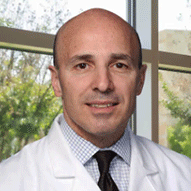
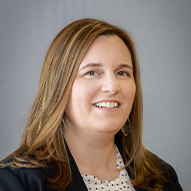
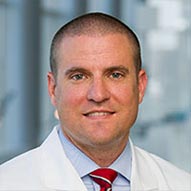
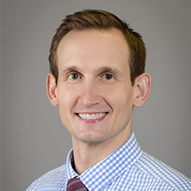
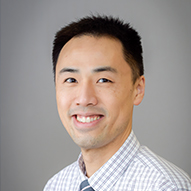

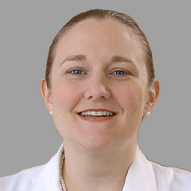
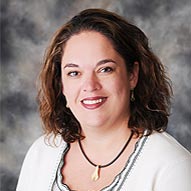
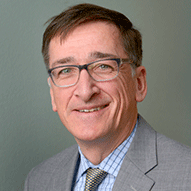
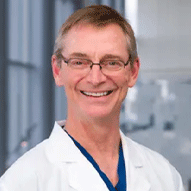
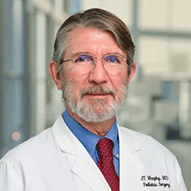
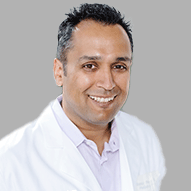
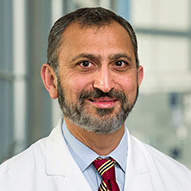
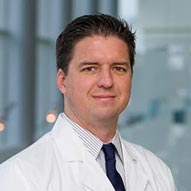

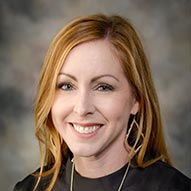
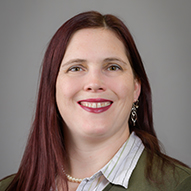

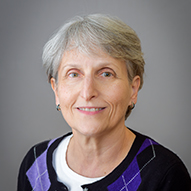
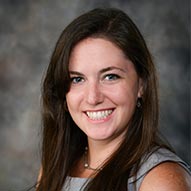
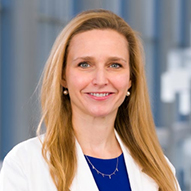
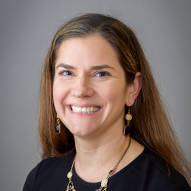
This is difficult to answer because it depends on the child’s age, tumor location, tumor type and the extent of disease. Low-risk rhabdomyosarcoma has a survival rate of 90% or higher; intermediate rhabdomyosarcoma has a survival rate of 60%; and some rhabdomyosarcoma has a survival rate around 20%. Our After the Cancer Experience (ACE) survivorship program monitors patients for the long-term effects of cancer and cancer treatment throughout their lifetime.
Some chemotherapy drugs can damage cells in the testicles or ovaries, which might affect your child’s fertility. If the sarcoma is in the reproductive organs, we can refer you to fertility specialists at UT Southwestern Medical Center, who can talk to you about sperm and ovarian preservation. We’ll take every precaution we can to help make sure your child can start a family when they’re older.